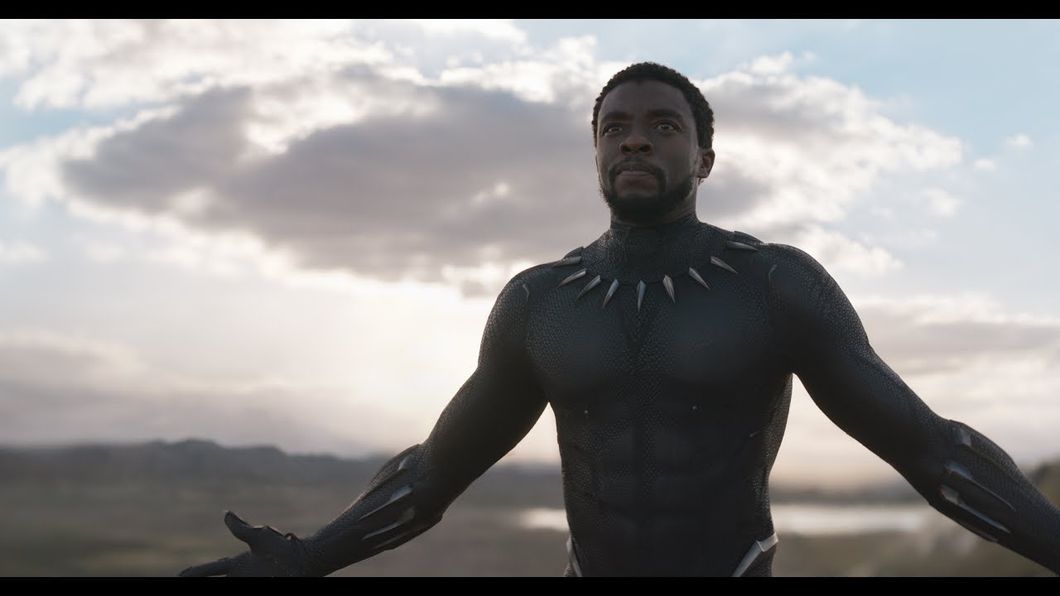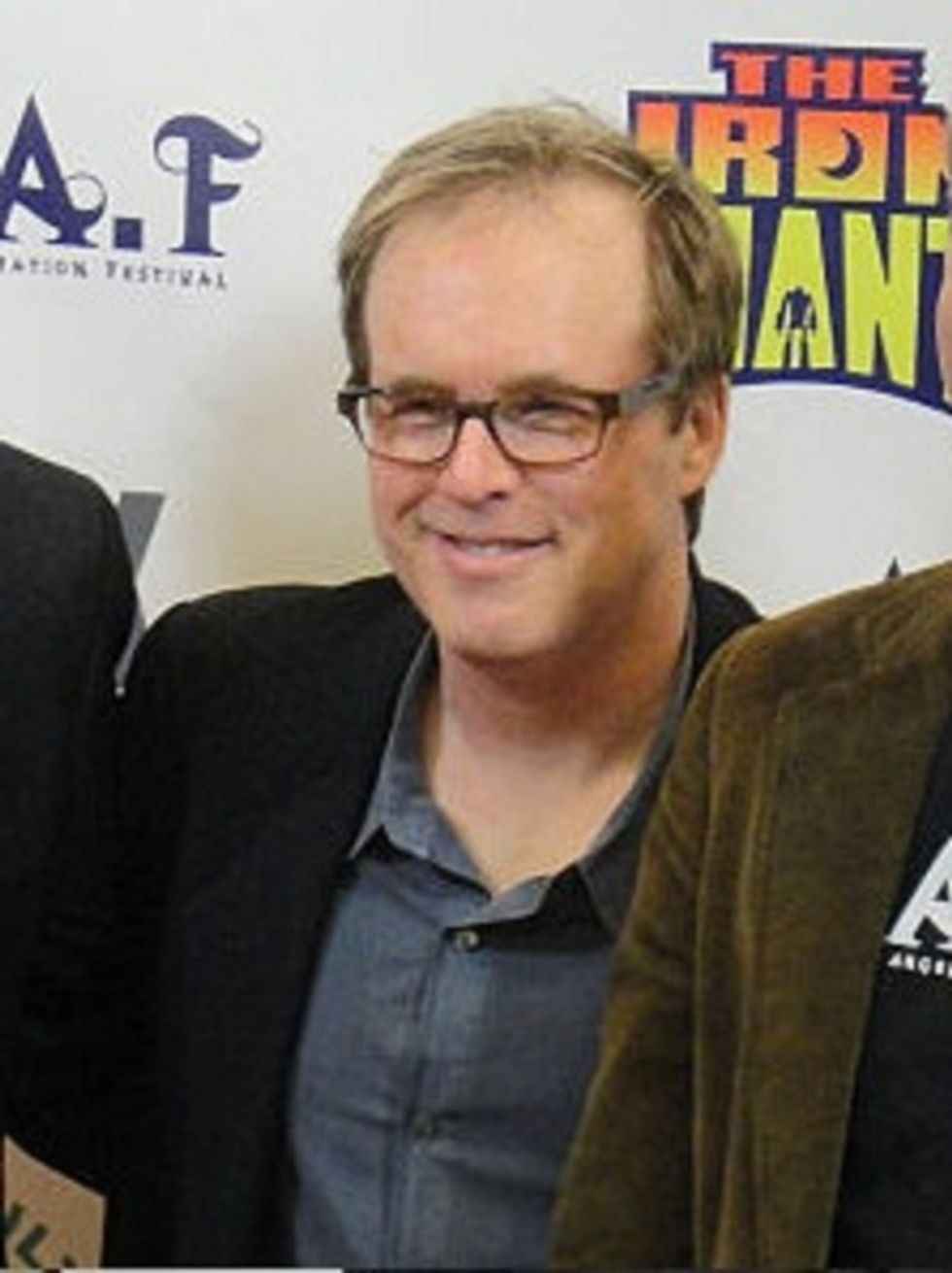A Feminist Critique Of The #MeToo Movement's Blindspot
I'm a feminist, but here is my problem with #MeToo.
The recent discussion of sexual violence in American society has sparked a fiery debate over how to create change for women everywhere. A topic which was once a whisper in the back of the room has become a national discussion of women's rights. But what about the rampant sexual violence towards Native American women? There is no #MeToo conversation inclusive of the atrocities which Native American women are facing.
Society has been so focused on a relatable narrative when creating #MeToo, that America has completely sidelined and consequently exacerbated the issues of the Native American community. Just because the poverty which Natives face is not relatable in the way the middle and upper-middle class stories of #MeToo are, does not mean that the stories of the more powerful are the only ones worth listening to.
According to Amnesty International, Native American women are 2.5 times more likely to experience sexual violence, yet there seems to be no hashtag or mass movement inclusive of them. These high rates of sexual violence, mixed with low rates of prosecution, have created a vicious and shocking cycle of violence on reservations. The severe sexual violence being experienced by Native American women is a widespread and pressing issue that is lacking proper attention and legislative action and it's truly appalling.
In a study conducted by the Centers for Disease Control, 94% of the nearly 300 Native American women surveyed reported being raped in their lives. This figure is absolutely terrifying. To put this into a more local context, the Navajo Nation reservation in Arizona has had "more rapes [between 2008-2014] reported than in San Diego, Detroit or Denver," according to FBI's reports. This issue has plagued Natives for generations but remains overlooked and undiscussed by the majority of Americans. The #MeToo discussion revolves the idea of a relatable platform, but just because poverty isn't relatable does not entail that those in poverty should not receive justice. It's baffling how an issue can be this salient to one group of people yet go completely unnoticed by another.
To break the issue down, tribal courts have several large obstacles preventing them from acting as an effective means of justice. The main difficulty is the inability to prosecute non-Natives. Even though in "86% of the reported cases of rape against American Indian women, survivors report non-Native perpetrators,” justice cannot be served because tribes don't have the jurisdiction to prosecute. One can only imagine the frustration of a minority group which cannot receive justice in the face of a more socioeconomically powerful perpetrator.
Most recently, the Violence Against Women's Act of 1994 created an amendment in 2013 to give tribal courts the right to prosecute non-Natives who committ domestic and dating violence. This amendment fails to take into consideration however, that most rape cases against Native women are not domestic or dating violence. It seems inconceivable how such injustice is occurring but the media and movements like #MeToo simply aren't aware of it. In order to affect change for women everywhere, everyone's issues must be accounted for, even if issue of those in poverty aren't "relatable."
In the search for justice, tribes often send cases they do have jurisdiction over to U.S. Justice Department. In his New York Times Article, Timothy Williams cites that the Justice Department however did not pursue 65% of rape charges on reservations and 61% of cases involving the sexual abuse of Native children in 2012. So, while Native American women are two and a half times more likely to be raped, only one-third of them have a chance at receiving the justice they deserve. It almost feels as though it comes from a place of elitism that there are very few cases in which Natives can receive justice because they don't have jurisdiction over a seemingly untouchable group of richer people.
Sexual violence and the lack of prosecution to address it in the Native American community is a crisis which will never improve if continued to be left alone. Nothing will change until tribal courts have the power to fully enact law and order in their communities. It's been shown that the U.S. Justice Department ignores the issue and the U.S. public is unaware that this is even happening. With the current efforts which are being made to empower and protect women, American society has gotten lost in framing the issue to be relatable to the point where they have forgotten an entire group of people.
Until the public has been made aware of the severity of this issue, no legislation will be passed to help these women and the elitist injustice will continue. #MeToo is meant to give a voice to victims of sexual violence, but this mission will never be successful until the plight of Native American women has been heard.

























How Netflix's "Velvet Buzzsaw" Exposes The Greedy Nature Of Elitism Through Satirical Horror
Dubbing the efforts of the proletariat as unoriginal merely exhibits elites' attitudes towards the poor, using them as an aesthetic at appropriate times
I expected Velvet Buzzsaw to be just another a temporary reprieve to my neverending need for kitsch horror, so it was a rare occurrence for one "throwaway film" to stand out to me as much as Velvet Buzzsaw did. The film is unique, in a sense. It has that odd quality of satirical horror that places itself under the same label as "It Follows" or "Get Out". Sure, the film has its scares and twists. But it also contains underlying commentary about how twisted our society is.
Rather than coming out and saying "Greed is bad, elitism is poison," filmmakers of the satirical horror genre take it upon themselves to personify messages into ominous beings, a tactic that serves to make the message more interesting for viewers.
This trait, the puzzle-pieced, Frankenstein-ian combination of satire and horror exhibited by Velvet Buzzsaw was what intrigued me enough to keep watching.
Coming from a suburb like Johns Creek, I have always been disconnected from the lives of L.A's elite, particularly the art collector sort. I wonder if they are as elitist and condescending as pieces like Velvet Buzzsaw portray them to be. While this is a stereotype, the creators of Velvet Buzzsaw did not hesitate to expand upon it with the introduction of characters such as art critic Morf Vandewalt.
I would not call Morf my favorite character, but his wavering depth surprised me in the slightest of ways. He enters art exhibitions with the fluidity of someone with extreme amounts of confidence, yet reflects the smugness of somebody with a Fastpass card at Disneyworld. His literal first class status in the art world, as somebody who can make or destroy careers, has obviously gone to his head, yet he retains a somewhat critical judgement of art.
But we begin to see this purity of his become tainted within the first half hour. Already, he demolishes his current love interest's ex boyfriend's art showing, writing a scathing review only to please Josephine, somebody he eerily admires through the lens of his profession.
"Your skin...it's the beautiful cross between almond and saddle brown."
It's not hard to relate to this aspect of Morf. Really, it's not hard to relate to most of the characters. The desperation to climb to the top exhibited by Josephine, the selfish desires of Morf and the retreat into solitude for the purity of work seen by Piers, an artist discontent with the airheaded nature of the elitist art world, are all traits viewers can see within themselves.
Velvet Buzzsaw attacks that struggle of remaining authentic while being a contender in a viciously competitive world. It's the bare story of struggle that society is not willing to reward, a concept most strongly shown through Morf's disregard for "HoboMan".
My favorite exhibit within the movie, Hoboman is a compilation of parts that form a metal man on crutches. He staggers around in tattered USA-themed clothing reciting sayings like "Have you ever felt invisible?" and "Once, I built a railroad". While this exhibit captured my heart with the motions of a broken machine, Morf's displeasure at the repeat of poverty as theme places it under the label of boring, useless, and old as he labels "no originality and no courage".
Morf is the character that we're forced to look at, and really one of the only characters who realizes the corruption of the art world early on. It takes something personal for him to recognize this, though. Even as he connects the dots between the deaths, Morf finds himself too far gone to rectify the situation.
I don't want to make this a synopsis. Rather, I'd like to carry on the theme of the film. You can watch it yourself if you'd like to see the deaths of the air headed elites of L.A's art critics. But the movie isn't about them, or at least not entirely.
It's about the disregard we have for disadvantaged populations who create work for themselves. It's within Dease's life story that inspired such honesty within his work that we see the struggle that the average working men go through, the struggle that elites refuse to reward. Dease created his work in the arena of his own mind, in the solitude of his own cave, baring his traumatic childhood and impoverished nature of most of his life. It's after his death that people found value in his work, and sought to profit over it.
In real life, we can't reach beyond the grave to claim justice. But what we can do is take lessons like these and apply them. Let's not disregard the plight of the working class.